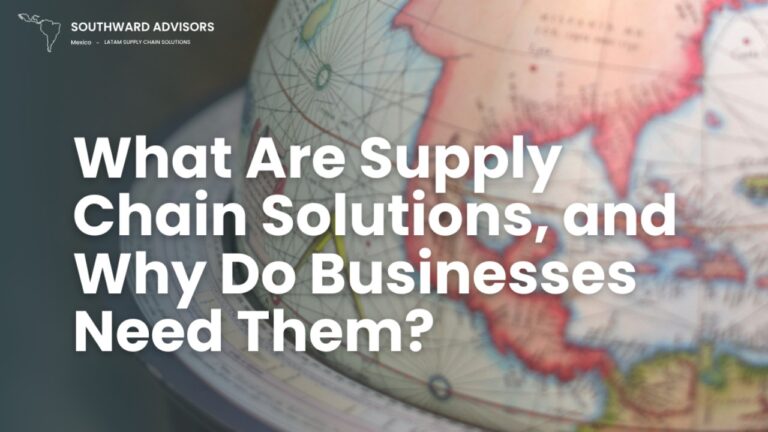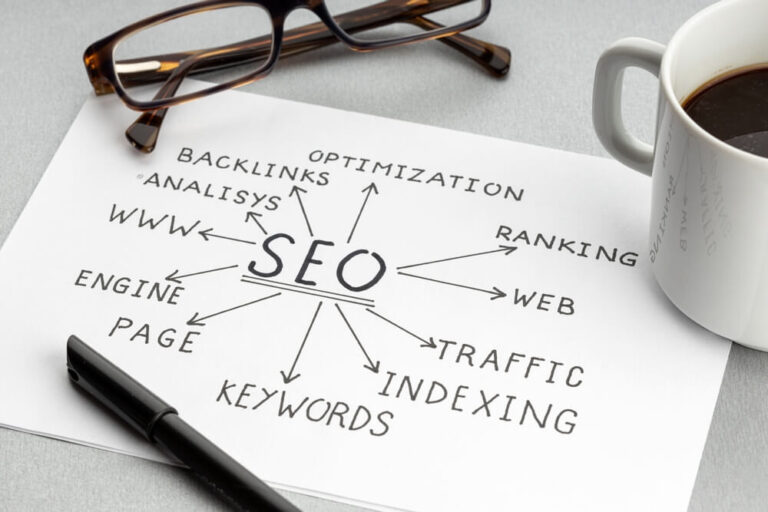In today’s fast-paced global market, businesses must manage complex supply chains that span across different regions, industries, and regulatory environments. Effective supply chain solutions are critical to ensure that goods and services are delivered efficiently, cost-effectively, and in a timely manner. But what exactly are supply chain solutions, and why do businesses need them?
Understanding Supply Chain Solutions
At its core, supply chain management involves the flow of goods, services, information, and finances from the raw material stage to the final consumer. Supply chain solutions are the strategies, systems, and technologies businesses use to optimize this flow. These solutions help organizations make better decisions in areas like strategic sourcing, inventory management, logistics, procurement, and supplier relationships.
Strategic sourcing is one key element of supply chain solutions, which involves identifying and selecting suppliers that best meet a company’s needs while considering cost, quality, and long-term strategic goals. It’s not just about purchasing goods; it’s about building partnerships with suppliers that offer value beyond just competitive pricing.
Strategic Sourcing vs. Procurement
While procurement refers to the process of purchasing goods and services, strategic sourcing goes deeper. It’s about the long-term relationship between a company and its suppliers, focusing on collaboration, efficiency, and mutual benefits. Strategic sourcing evaluates the entire supply chain, from supplier capabilities to market trends, to ensure that the company can maintain a competitive edge.
On the other hand, procurement focuses primarily on obtaining goods at the best possible price. While procurement is a vital function, it does not encompass the long-term planning and risk management that strategic sourcing provides. In essence, strategic sourcing is the more holistic approach to sourcing within the broader context of supply chain management.
Why Do Businesses Need Supply Chain Solutions?
In today’s interconnected world, supply chains are more complex than ever. Businesses face challenges such as volatile demand, supply disruptions, price fluctuations, and geopolitical risks that can all affect the efficiency of their supply chain. Here are some key reasons why supply chain solutions are essential:
1. Cost Optimization
Effective supply chain solutions, particularly strategic sourcing, help companies find cost-effective ways to source raw materials and finished products. By leveraging global sourcing or nearshoring sourcing strategies, businesses can reduce production and shipping costs, while also minimizing inventory holding costs. For example, businesses that source from Mexico can benefit from its proximity to the U.S., leading to lower transportation costs and shorter lead times.
2. Risk Mitigation
Supply chain risks, such as natural disasters, trade wars, or political instability, can disrupt operations. Having a strategic sourcing plan in place helps businesses diversify their supplier base and avoid reliance on a single region or supplier. Nearshoring sourcing strategies, where companies partner with suppliers closer to home, can help reduce risks associated with long supply chains and improve supply chain resilience.
3. Supply Chain Visibility and Control
Having clear visibility into every part of the supply chain is vital for businesses to manage demand and inventory efficiently. Modern supply chain solutions use technologies like cloud-based platforms and data analytics to give businesses real-time insights into their supply chain. This enables companies to anticipate delays, track shipments, and optimize delivery schedules, ultimately improving customer satisfaction and reducing the risk of stockouts.
4. Enhancing Collaboration with Suppliers
Supply chains are not one-sided; they rely on strong partnerships with suppliers. Sourcing companies in Mexico, for example, often offer closer collaboration opportunities, allowing businesses to work directly with their suppliers to address production issues, streamline logistics, and improve product quality. This collaboration is a key benefit of strategic sourcing.
5. Increased Agility and Speed to Market
As markets evolve, businesses need to respond quickly to changes in customer preferences or industry trends. By working with the right suppliers through strategic sourcing and nearshoring, companies can access flexible production capabilities and shorter lead times, enabling them to deliver products to the market faster than competitors.
What Is Sourcing in Supply Chain Management?
Sourcing in supply chain management refers to the process of selecting suppliers and determining where and how to source goods and services. This can involve domestic or global sourcing, where businesses procure materials from a variety of countries. Global sourcing involves looking beyond borders for cost-effective suppliers or specialized products, while nearshoring sourcing strategies bring production closer to home to take advantage of cost savings and reduced risk.
The supplier sourcing process involves several stages:
- Identifying Needs: Companies define their product requirements and sourcing criteria, including quality, price, and delivery time.
- Supplier Identification: Businesses research and identify potential suppliers that meet their needs.
- Negotiation: Terms and conditions are negotiated, including pricing, payment terms, and delivery schedules.
- Supplier Relationship Management: After selecting a supplier, businesses establish long-term relationships, ensuring quality control and on-time delivery.
Benefits of Strategic Sourcing
The benefits of strategic sourcing go beyond cost savings. By focusing on long-term partnerships and collaboration with suppliers, businesses can achieve:
- Improved Quality: With careful supplier selection and monitoring, businesses can ensure their products meet high-quality standards.
- Innovation: Working closely with suppliers can foster innovation and the development of new products and processes that give businesses a competitive edge.
- Sustainability: Strategic sourcing also enables businesses to choose suppliers who adhere to ethical labor practices and sustainable production methods, which is increasingly important to consumers and stakeholders.
Nearshoring Sourcing Strategies: The Mexico Advantage
Many companies are turning to Mexico as a nearshoring destination due to its proximity to the U.S., cost-effective labor force, and strong manufacturing capabilities. Mexico’s favorable trade agreements, such as the USMCA, further reduce tariffs and enhance the cost-effectiveness of sourcing products from this region.
By adopting nearshoring sourcing strategies, businesses can reduce shipping costs, minimize lead times, and improve flexibility—all while maintaining high-quality standards. Additionally, working with sourcing companies in Mexico can provide companies with access to specialized expertise in industries such as automotive, electronics, and aerospace, making it an attractive choice for U.S.-based businesses.
Supply chain solutions are essential for businesses looking to streamline operations, reduce costs, mitigate risks, and increase efficiency. By leveraging strategic sourcing, businesses can make smarter decisions about their supply chain, ensuring they partner with the right suppliers and stay competitive in a global market. Whether through global sourcing or nearshoring sourcing strategies, businesses must carefully assess their needs and choose partners that align with their long-term goals. With the right sourcing strategies, businesses can unlock significant value and create resilient, agile supply chains that drive growth and innovation.











